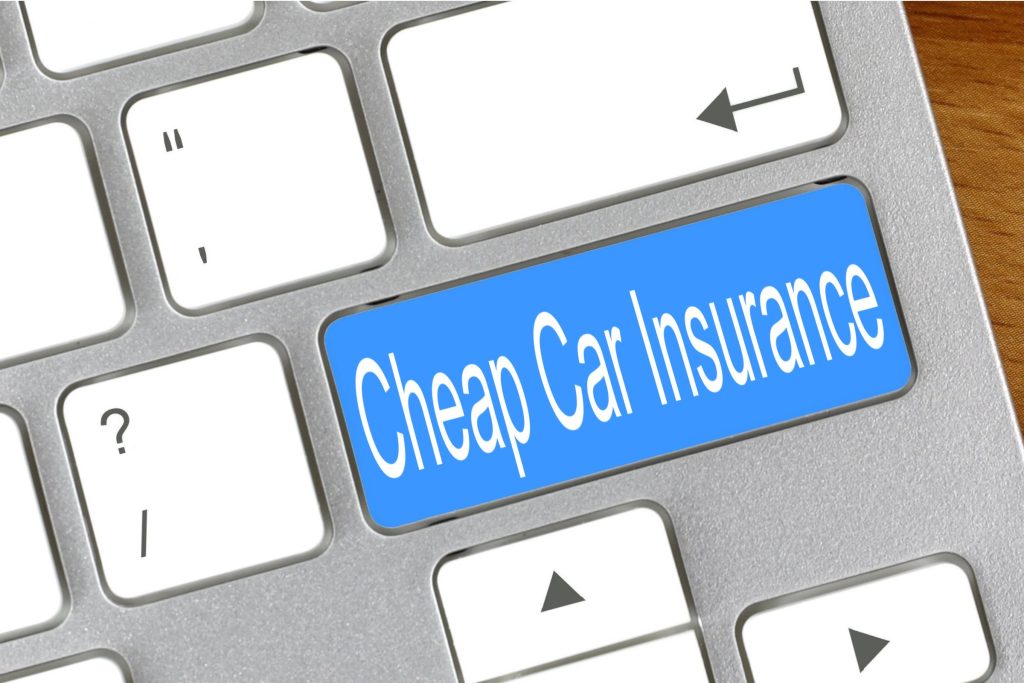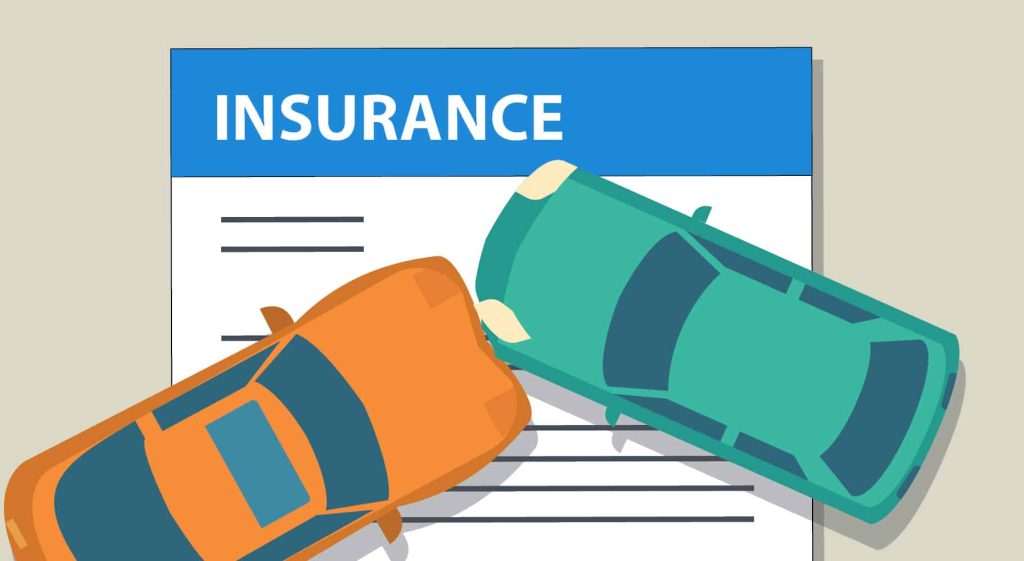Auto insurance is a vital component of responsible vehicle ownership, but understanding how insurance prices are determined can be complex. Prices can vary widely based on numerous factors, and finding the right policy at an affordable rate involves navigating a landscape of variables and choices. This article provides an exhaustive examination of the factors influencing auto insurance prices, how insurers determine rates, and strategies for managing and reducing insurance costs.
The Fundamentals of Auto Insurance Pricing
Auto insurance pricing is not a one-size-fits-all scenario; it’s a dynamic process influenced by a variety of factors. At its core, auto insurance pricing reflects the risk associated with insuring a particular driver and vehicle. Insurance companies use complex algorithms and actuarial tables to predict the likelihood of a claim being made and to estimate the potential cost of those claims. This predictive modeling takes into account both individual risk factors and broader statistical trends.
Insurance Premiums Explained
Insurance premiums are the amounts policyholders pay to maintain coverage. These premiums are determined based on the perceived risk of insuring a driver and their vehicle. The basic idea is that the higher the risk, the higher the premium. Insurance companies use historical data, statistical models, and a range of personal and vehicle-related factors to assess this risk. Premiums are typically paid on a monthly, quarterly, or annual basis, and the total amount is influenced by the coverage level selected, deductibles, and any discounts applied.
State Regulations and Minimum Coverage Requirements
Different states have varying regulations and minimum coverage requirements, which can also impact insurance prices. For example, states with higher minimum coverage requirements may see higher average premiums because the insurance companies have to cover more potential costs. In contrast, states with lower minimums might offer lower premiums but may also result in higher out-of-pocket expenses for drivers in the event of an accident. Understanding your state’s regulations and requirements is essential in navigating auto insurance pricing effectively.

Key Factors Affecting Auto Insurance Prices
Several factors influence the cost of auto insurance, each contributing to how insurance companies assess risk and set premiums. Here’s an in-depth look at the most significant factors:
1. Driving Record
Your driving history is one of the most critical factors affecting your insurance rates. Insurance companies view drivers with clean records as less risky and typically offer them lower premiums. Conversely, drivers with traffic violations, accidents, or claims on their record are considered higher risk and may face higher rates. The severity and frequency of infractions also play a role. For example, a single speeding ticket might result in a minor increase in your premium, while multiple at-fault accidents could lead to a significant hike.
2. Vehicle Type and Model
The make, model, and year of your vehicle significantly impact your insurance rates. Generally, newer and more expensive cars cost more to insure because they are more costly to repair or replace. Sports cars and luxury vehicles often attract higher premiums due to their higher repair costs and increased risk of theft. Insurance companies also consider safety ratings and the likelihood of theft associated with your vehicle. Cars with high safety ratings and anti-theft features may qualify for lower premiums.
3. Age and Gender
Age and gender are statistically correlated with insurance risk, influencing premiums significantly. Younger drivers, particularly those under 25, tend to pay higher rates due to their higher risk profile, as they are statistically more likely to be involved in accidents. Gender also plays a role, with young male drivers often facing higher premiums than their female counterparts. However, as drivers age and gain experience, their insurance rates typically decrease. Insurance companies adjust rates based on statistical risk patterns observed across different age groups and genders.
4. Location
Where you live can greatly impact your auto insurance rates. Urban areas with higher traffic densities, higher crime rates, and increased risk of accidents generally have higher premiums compared to rural areas. Additionally, the prevalence of weather-related events, such as hailstorms or flooding, can affect rates in certain regions. For instance, residents in hurricane-prone areas may face higher premiums due to the increased risk of storm damage. Understanding the impact of your location on insurance rates can help you make informed decisions about coverage and costs.
5. Credit History
In many states, including Texas, insurance companies use credit history as a factor in determining premiums. Research has shown a correlation between credit scores and the likelihood of filing a claim. Drivers with higher credit scores are generally perceived as lower risk and may benefit from lower premiums. Conversely, those with poor credit may face higher rates. It’s important to maintain a good credit score not only for securing favorable insurance rates but also for overall financial health.
6. Coverage Options and Deductibles
The types of coverage you select and the amount of your deductible play a significant role in determining your insurance premium. Basic liability coverage will generally result in lower premiums compared to comprehensive and collision coverage, which provide more extensive protection. Additionally, choosing a higher deductible can lower your premium, but it means you’ll pay more out-of-pocket if you need to file a claim. Balancing your coverage needs with your budget is key to finding a policy that suits both your financial and protection requirements.
7. Usage and Mileage
How often and how far you drive can impact your insurance rates. Drivers who use their vehicles for long commutes or frequent travel are generally considered higher risk and may face higher premiums. Conversely, those who drive less and have lower annual mileage might benefit from lower rates. Some insurers offer usage-based insurance programs, where premiums are adjusted based on driving habits and mileage tracked through telematics devices. If you drive less than average, you might be eligible for discounts or lower premiums through these programs.
How Insurance Companies Assess Risk
Insurance companies use a combination of data, statistical analysis, and actuarial science to assess risk and set premiums. The process involves evaluating both individual factors and broader statistical trends. Here’s a closer look at how insurers assess risk:
1. Risk Pools and Actuarial Data
Insurance companies group drivers into risk pools based on similar characteristics and historical data. They use actuarial data to predict the likelihood of claims within these pools. This data includes information about past claims, accident rates, and other relevant statistics. By analyzing this data, insurers can estimate the expected costs for each risk pool and set premiums accordingly.
2. Predictive Modeling
Insurers use predictive modeling techniques to assess risk more accurately. These models analyze vast amounts of data to identify patterns and correlations that help predict future claims. Predictive modeling takes into account various factors, such as driving behavior, vehicle characteristics, and demographic information. By using these models, insurers can better assess individual risk profiles and set premiums that reflect the likelihood of claims.
3. Loss Ratios and Financial Stability
Insurance companies also consider their loss ratios and financial stability when setting premiums. The loss ratio is the ratio of claims paid to premiums collected. A higher loss ratio indicates that an insurer is paying out more in claims relative to the premiums collected, which may prompt them to raise rates to maintain profitability. Financial stability is crucial for insurers to ensure they can cover claims and remain solvent. Companies with stronger financial positions may offer more competitive rates.
Strategies for Managing and Reducing Auto Insurance Costs
Managing and reducing auto insurance costs involves a combination of smart decision-making and taking advantage of available discounts. Here are some strategies to help you lower your insurance premiums:
1. Shop Around and Compare Quotes
One of the most effective ways to find affordable auto insurance is to shop around and compare quotes from multiple insurers. Different companies offer different rates for the same coverage, so obtaining quotes from several providers can help you find the best deal. Online comparison tools and insurance marketplaces can simplify this process, allowing you to quickly compare rates and coverage options.
2. Bundle Policies
Many insurance companies offer discounts for bundling multiple policies, such as auto and home insurance. By combining your insurance needs with one provider, you can often qualify for lower rates on both policies. Bundling not only helps reduce costs but also simplifies managing your insurance by consolidating policies under a single provider.
3. Take Advantage of Discounts
Insurance companies offer various discounts that can help lower your premiums. Common discounts include safe driver discounts, multi-vehicle discounts, good student discounts, and discounts for having safety features in your vehicle. Additionally, some insurers offer discounts for completing defensive driving courses or for low-mileage drivers. Be sure to inquire about available discounts and take advantage of any that apply to your situation.
4. Increase Your Deductible
Choosing a higher deductible can lower your premium, but it’s essential to ensure you can afford the deductible amount if you need to file a claim. Increasing your deductible can be a cost-effective way to reduce your premiums, but it requires careful consideration of your financial situation and ability to cover the deductible in case of an accident.
5. Maintain a Good Credit Score
Since many insurers use credit history to determine premiums, maintaining a good credit score can help you secure lower rates. Paying bills on time, managing debt responsibly, and monitoring your credit report for errors can contribute to a positive credit profile and potentially lower your insurance costs.
6. Review and Adjust Coverage Regularly
Regularly reviewing and adjusting your coverage can help ensure that you’re not paying for unnecessary coverage. As your vehicle ages or your driving habits change, you may find that you can reduce coverage or adjust limits to better match your current needs. Additionally, periodically reassessing your policy can help you identify opportunities for cost savings.
7. Utilize Telematics and Usage-Based Insurance
Telematics and usage-based insurance programs track driving behavior and mileage to adjust premiums based on actual driving habits. If you’re a safe driver with low mileage, these programs can offer significant savings on your insurance premiums. Many insurers offer telematics devices or smartphone apps that monitor driving patterns and provide feedback on how to improve safety and potentially reduce costs.
The Impact of Technology on Auto Insurance Pricing
Technology is transforming the auto insurance industry, affecting how prices are determined and how policies are managed. Here’s a look at some of the technological advancements impacting insurance pricing:
1. Telematics and Data Analytics
Telematics devices and data analytics are increasingly used to assess driving behavior and set premiums. By collecting data on driving habits, such as speed, braking patterns, and mileage, insurers can more accurately evaluate risk and offer personalized rates. This technology allows for more precise pricing based on individual driving behavior rather than broad statistical averages.
2. Artificial Intelligence and Machine Learning
Artificial intelligence (AI) and machine learning are being used to enhance risk assessment and pricing models. AI algorithms can analyze vast amounts of data to identify patterns and trends that traditional models may overlook. Machine learning can continuously improve predictive accuracy by learning from new data and adjusting pricing models accordingly.
3. Digital Platforms and Mobile Apps
Digital platforms and mobile apps are making it easier for consumers to manage their insurance policies and access information. Many insurers offer mobile apps that allow policyholders to view their coverage, file claims, and track driving behavior. These platforms also enable insurers to provide real-time feedback and personalized recommendations to help policyholders make informed decisions about their coverage.
Conclusion
Auto insurance pricing is a multifaceted topic influenced by a range of factors including driving history, vehicle type, location, and personal demographics. Understanding these factors and how they impact insurance rates is crucial for making informed decisions about coverage and managing costs effectively. By exploring various strategies for reducing premiums and staying informed about industry trends and technological advancements, you can navigate the complexities of auto insurance pricing and find a policy that meets your needs and budget. Whether you’re a seasoned driver or new to auto insurance, taking the time to understand and manage your insurance costs can lead to significant savings and peace of mind.






